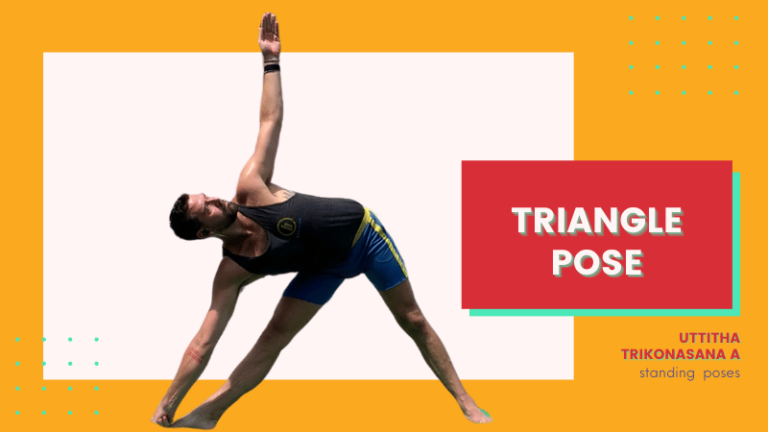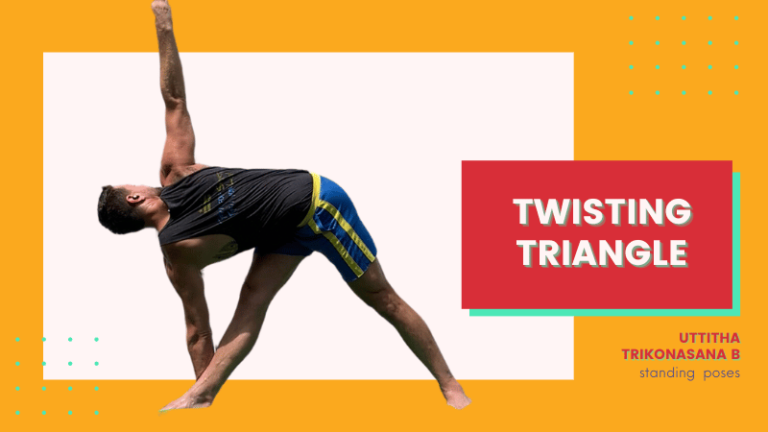Yoga for Epilepsy: Supporting Students on the Ashtanga Path
Introduction: Hey there, fellow Ashtangis! Today, let’s dive into a topic that is important for us as yoga teachers and practitioners: epilepsy and how we can support students who have experienced epileptic seizures. It’s crucial to create a safe and inclusive environment for everyone on the mat, and understanding epilepsy is a big part of that. So, let’s explore this together!
What is Epilepsy?
Epilepsy is a neurological disorder characterized by unprovoked seizures. These seizures occur due to dysregulated electrical activity in the brain. To be classified as epilepsy, the seizures must be recurrent. The causes of epilepsy can vary, including genetic disorders, brain injuries, or even unknown factors.
The Yoga Connection:
Now, you might be wondering, what does yoga have to do with epilepsy? Well, scientific research has shown that yoga can have a positive impact on people experiencing epilepsy. Yoga has been found to improve balance, strength, mobility, mood, and even reduce pain and tremors. It can also help with stress reduction, which is considered a precipitating factor for some seizures.
Recommended Yoga Practices: When it comes to guiding students with epilepsy, there are a few things to keep in mind. First, avoid hot yoga, as it’s contraindicated for people with epilepsy. Ashtangis, this means we might need to skip those steamy Mysore rooms occasionally!
Now, let’s talk about some recommended yoga practices. Forward bends, relaxation poses, and meditation can be beneficial for students with epilepsy. These practices help to stretch the nerves, oxygenate the brain, and bring awareness and concentration to the head region. Nadi Shodhana (Alternate Nostril Breathing) is also highly recommended, as it helps balance the nervous system.
Inversions, like Sirsasana (Headstand), are generally considered safe for most students. However, it’s essential to approach inversions with caution and consult with the student about their specific situation. In some cases, inversions may need to be modified or avoided. Safety first, Ashtangis!
Supporting Students: As yoga teachers, it’s crucial to create an inclusive and supportive environment for students who have epilepsy. Communicate with your students and ask them how epilepsy manifests for them and how they want you to respond in case of a seizure. Being prepared and understanding their needs can make a significant difference in their practice.
Remember, each student is unique, so it’s essential to approach their practice with empathy and adapt accordingly. Sometimes, caution can turn into unnecessary fear, and we don’t want that. Encourage students to listen to their bodies, be aware of their limits, and stop if anything doesn’t feel right.
In Conclusion:
By understanding epilepsy and implementing appropriate modifications, we can create a safe and welcoming space for everyone on the Ashtanga path. Yoga has the power to enhance the quality of life for people experiencing epilepsy, and we can be a part of that journey.
So, Ashtangis, let’s roll out our mats, breathe, and practice with compassion and awareness. Together, we can make a difference in the lives of our students and create a more inclusive yoga community. Keep spreading those good vibes, my fellow yogis!
Namaste







